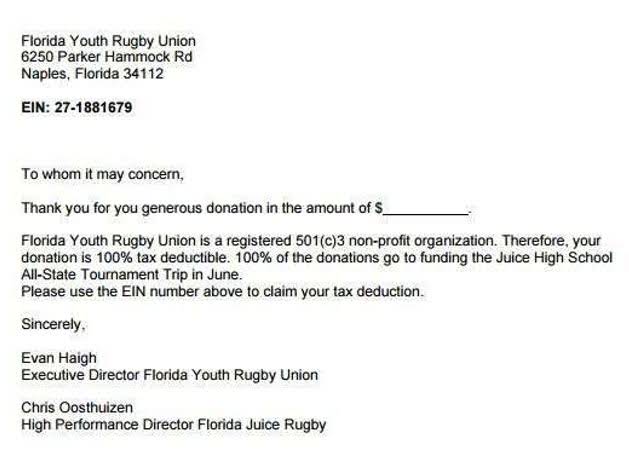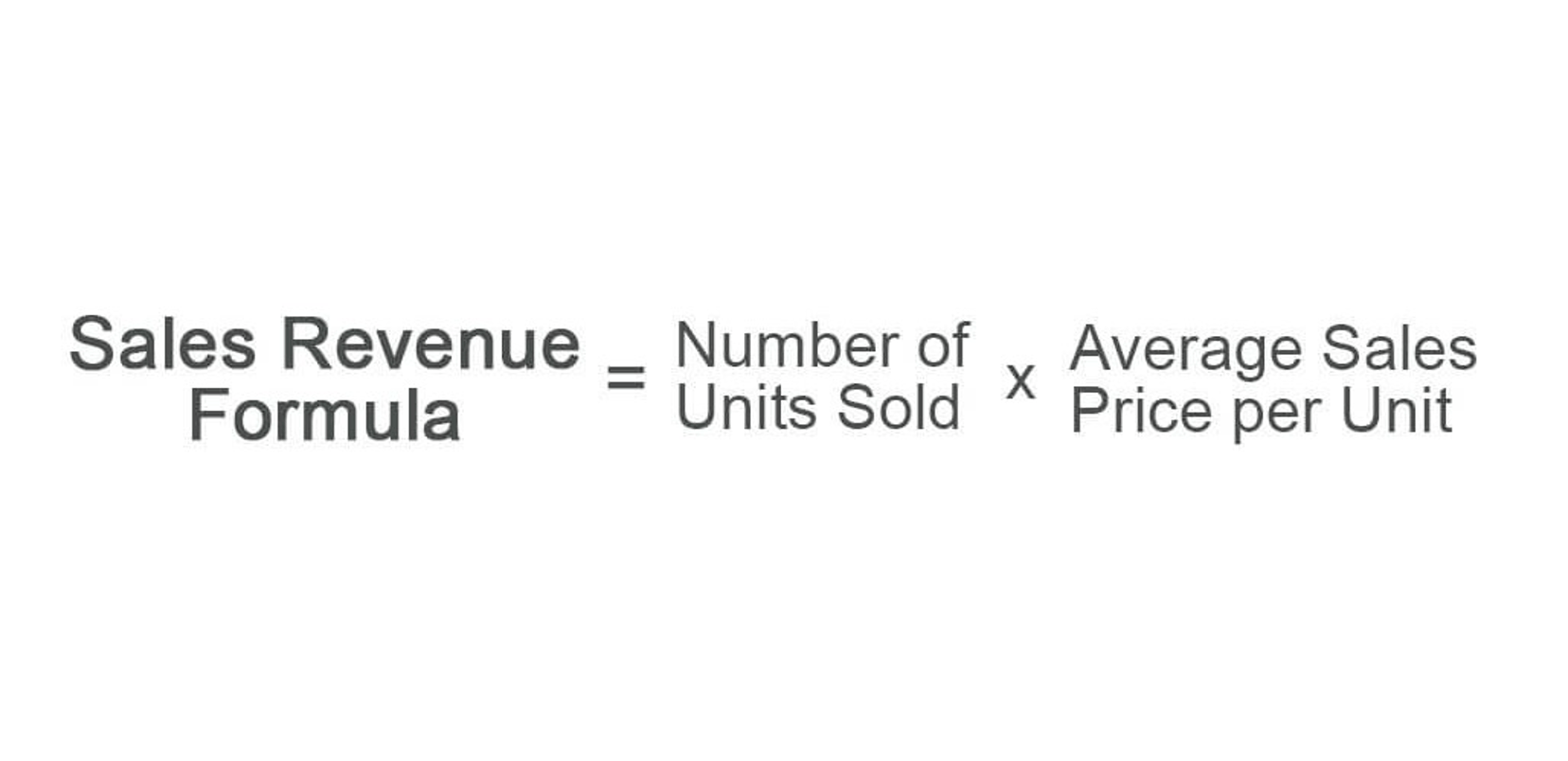Bookkeeping
LIFO Last-In, First-Out Calculator & Formula Online Calculator Ultra

For the sale of one snowmobile, the company will expense the cost of the newer snowmobile – $75,000. Calculating the value of your remaining inventory accurately reflects the health of your business’s assets. This is where FIFO and LIFO calculators become indispensable tools for you as an Inventory Manager. You calculate it by taking the beginning inventory cost, adding net purchases made during the period, and then subtracting the COGS. It’s a vital component in preparing financial reports and can significantly affect tax implications due to its influence on reported earnings.
Understanding Last In, First Out (LIFO)
Industries like oil & gas, automobiles, and various ores often follow the LIFO model. LIFO is a system where a company sells the newest items added to its inventory. This is rather unusual, as it means that they opt for the goods with the highest prices and least profits. Last In First Out, or LIFO, is https://www.bookstime.com/ one of three accounting methods used in managing inventory.

Cost of Goods Sold (COGS) Calculation
- According to a physical count, 1,300 units were found in inventory on December 31, 2016.
- Furthermore, when USA companies have operations outside their country of origin, they present a section where the overseas inventory registered by FIFO is modified to LIFO.
- Using both the FIFO and LIFO methods will allow you to streamline your inventory management seamlessly.
- If you’re using the FIFO method, your calculator will prioritize dispatching goods that were stocked earliest.
- Calculating the value of your remaining inventory accurately reflects the health of your business’s assets.
- The cost of goods sold is found on the balance sheet, and the ending inventory is found on the income statement.
- Our LIFO Calculator for Inventory operates on a specific formula that is crucial for accurate inventory valuation.
Therefore, the balance sheet may contain outdated costs that are not relevant to users of financial statements. It is the amount by which a company’s taxable income has been deferred by using the LIFO method. Although using the LIFO method will cut into his profit, it also means that Lee will get a tax break.
Excel Tutorial
Please note how increasing/decreasing inventory prices through time can affect the inventory value. As we conclude, we want to emphasize the security and reliability of the LIFO Calculator for Inventory. This tool, developed entirely in JavaScript and HTML, ensures that your data never leaves your computer, providing unparalleled security. This is not just a tool, but a resource that empowers you to understand and apply the LIFO formula for efficient inventory management.

Entering this data successfully will allow you to figure out the FIFO and LIFO values. This LIFO calculator will help you calculate the remaining value of your inventory as well as cost of goods sold using the last-in-first-out method. In summary, it is important to understand the differences between the Last-In, First-Out, and First-In, First-Out methods. Under LIFO method, inventory is valued at the earliest purchase cost.
Last-In, First-Out (LIFO) Inventory Calculations
- This method assumes that the last inventory items that are purchased are the first ones to be sold.
- The best part is that you don’t need to go through all this math yourself.
- By inputting key data points such as beginning inventory, purchases, and cost of goods sold (COGS), the calculator provides an accurate estimate of the ending inventory value.
- Inflation increases the cost of newer inventory, which, when sold first, increases the COGS and reduces profits, thus potentially lowering tax expenses.
- Therefore, the old inventory costs remain on the balance sheet while the newest inventory costs are expensed first.
LIFO (“Last-In, First-Out”) means that the cost of a company’s most recent inventory is used instead. If you wish to calculate inventory value at the end of accounting period you may use our ending inventory calculator. For instance, if a company deals QuickBooks in perishable products, sensitive items that could be damaged by long storage, or fashion items that quickly become dated. We will calculate the cost of goods sold using both the FIFO and LIFO methods. Opting for the Last In First Out (LIFO) method can enhance your inventory management strategy.
LIFO Calculator Accurate Inventory Valuation Tool
The International Financial Reporting Standards (IFRS), which lifo calculator is used in most countries, forbids the use of the LIFO method. Make sure to only consider the units on hand at the time of the sale and work backwards accordingly. To calculate total cost of goods sold, add the cost of each of the sales. This formula ensures that the most recent costs are used to value sold goods, providing a realistic picture of current expenses. The total cost of goods sold for the sale of 350 units would be $1,700.

Again, we will update the remaining units before considering the sale. To visualize how LIFO works, think of one of those huge salt piles that cities and towns keep to salt icy roads. When the trucks need to be filled, does the town take the salt from the top or bottom of the pile? When calculating costs, we use the cost of the newest (last-in) products first.

You will be able to make informed decisions, optimize your stock valuation, and embrace sound financial strategies. Understanding the nuanced contrast between FIFO and LIFO practices is pivotal for inventory managers striving to optimize financial statements and tax liabilities. They provide a clear picture by determining what inventory is still on hand after sales are accounted for. The formula takes the sum of the beginning inventory and net purchases, subtracting out the cost of goods sold to reveal the ending inventory. Effective inventory management is critical for keeping your stock levels balanced, ensuring that products are available when customers need them.
